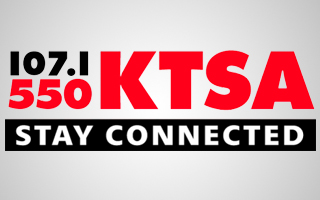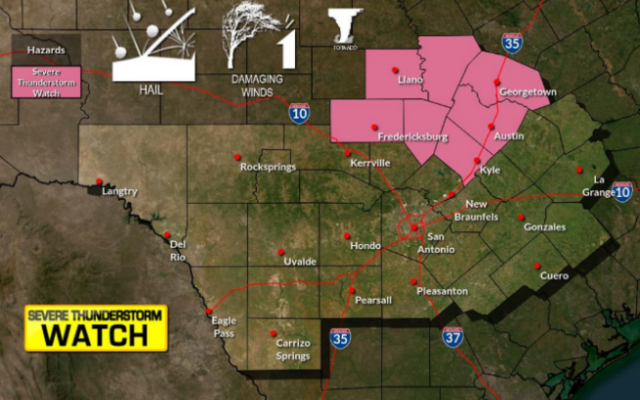Which federal payments will come due after the U.S. hits the debt limit

▶ Watch Video: U.S. at risk of unprecedented financial crisis
If the U.S. doesn’t lift the debt ceiling and can’t pay its bills, millions of Americans could feel the pinch. Social Security checks, veterans benefits, Child Tax Credit payments and more could be frozen.
“Anything that the government spends money on could be affected,” said Paul N. Van de Water of the Center on Budget and Policy Priorities.
The U.S. Treasury is still bringing in tax revenue but it’s not enough to cover what it owes – it needs to borrow to make up the difference. The department estimates its ability to pay all the bills will be exhausted if Congress does not move to raise or suspend the debt limit by October 18.
At that point, there are several different scenarios that could play out. The Treasury faces more than $75 billion in payments for Social Security, Medicare, tax refunds and salaries from October 18 through the end of the month.
Some members of Congress have called for prioritizing certain types of payments, starting with principal and interest on debt owed to the public, then Social Security payments, military pay and veterans’ benefits. But the feasibility of carrying out such a plan remains in question and there is the potential for legal challenges.
“We have really no idea because we have never been there before, and we can only try to illustrate what this could look like if Treasury were actually to get to a point where it wasn’t able to make all of its payments in full and on time,” said Shai Akabas of the Bipartisan Policy Center.
As lawmakers battle over who is responsible for addressing the debt ceiling, here’s what’s at stake:
Social Security payments: October 20 and 27
About 65 million Americans receive Social Security benefits each month, including 46 million retired workers, each getting more than $1,500 a month, and more than 8 million disabled workers, receiving more than $1,200 a month each. Some $90 billion in payments are slated to go out in the course of a month.
Millions of Americans are slated to receive benefits on the third or fourth Wednesday of the month — October 20 and October 27 — just days after the United States could go into default.
Even a short delay would cause financial strain on many. Forty percent of Social Security recipients count on the benefit for more than 90% of their income, and for two-thirds of them, it accounts for nearly half.
“Yes they may be paid in a few weeks, or a few months — whenever it’s resolved — but that doesn’t deal with the problem of making decisions like ‘am I going to buy my medicine, am I going to pay my rent, am I going to buy food, am I going to pay my utilities?’ Because those things aren’t going to be waiting” said Max Richtman, president and CEO of the National Committee to Preserve Social Security and Medicare. “It would put a serious financial squeeze on many, if not most, Social Security beneficiaries if they are not paid in full on time.”
Child Tax Credit payments: October 15
Some 35 million families with 60 million children have been receiving monthly Child Tax Credit payments on or around the 15th of each month since July.
If the U.S. government hits the X-date on October 15, slightly earlier than the Treasury estimate, it could lead to a delay in the fourth installment going out.
Payments are $300 per child under the age of six and $250 for children six to 17. Policy experts have attributed monthly Child Tax Credit payments for helping cut child poverty rates in the U.S. nearly in half.
Veterans benefits: November 1
The nation’s veterans see a number of different monthly benefits that range from disability compensation to pensions to survivor benefits. If the U.S. government goes into default on October 15, payments slated for November 1 could be delayed to those who’ve served and their families. At the same time, active military salaries expected to go out could also be delayed.
Federal Salaries: October 15 and 29
There are more than 2 million people in the federal workforce. If the government can’t pay its debts, their salaries could also be at risk. Since federal employees are paid biweekly, the government may have trouble making payroll at the end of October if the government defaults.
Medicaid
More than 80 million people are enrolled to receive benefits from Medicaid or the Children’s Health Insurance Program. While states administer Medicaid programs, they are coming to the federal government to be reimbursed on an ongoing basis. If the federal government can’t make those payments, it could result in a domino effect where states can’t make payments to the health care providers or vendors.
SNAP Benefits
More than 42 million people are participating in the Supplemental Nutrition Assistance Program, commonly referred to as SNAP. The average benefit is just over $200 a person or more than $400 per household, according to data from the Department of Agriculture. If the U.S. defaults on its debt obligations, payments could end up being delayed weeks or even months, resulting in delayed assistance to millions of families in the country’s largest anti-hunger program.
However, a U.S. default would not just affect people who receive federal benefits or salaries. If interest rates of Treasuries were to go up, that would affect the rates on car loans, home mortgages, credit cards and the cost of other borrowing, the Committee for a Responsible Federal Budget has said.
You Might Also Like



